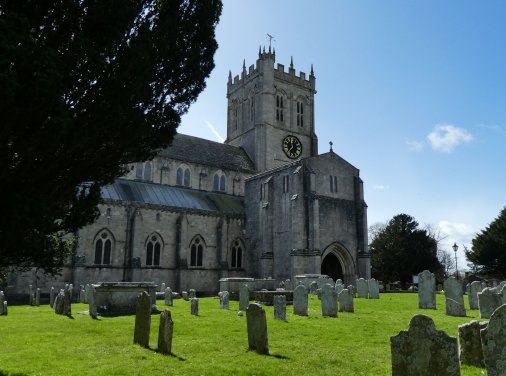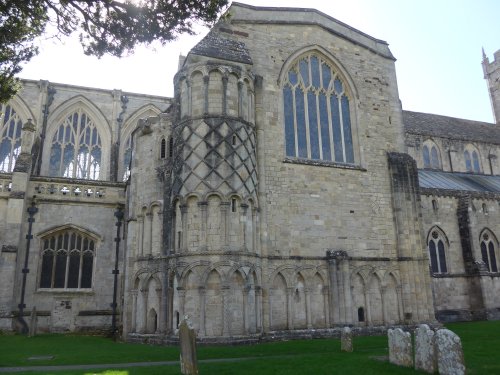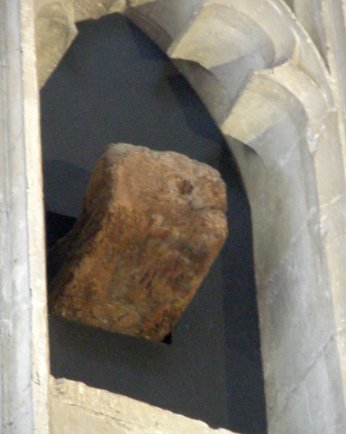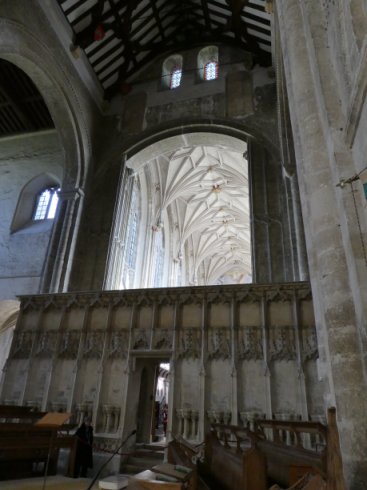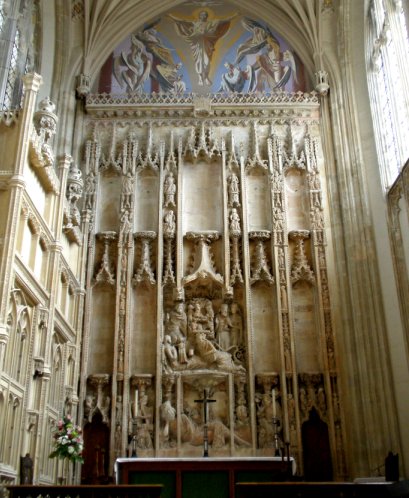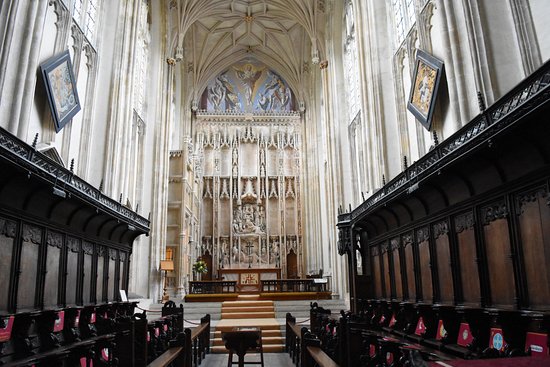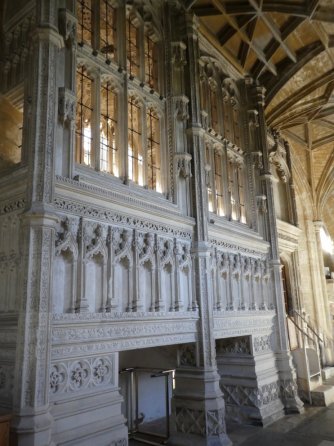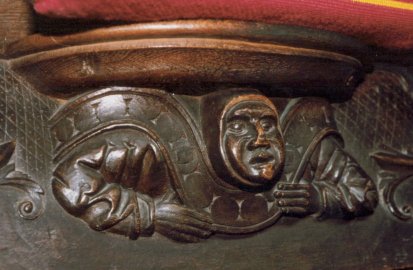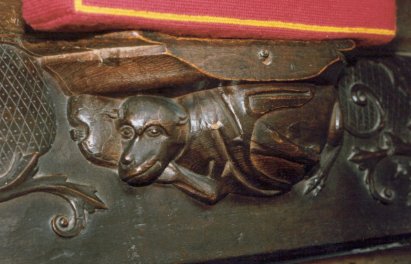|
Monastic churches in Dorset and Hampshire - 2 |
|
Christchurch Priory |
|
|
|
|
|
There may have been a church on this site as early as 634, but
there are no written records until c 800. In Norman times, there was a
priory here with 24 secular canons; that is, canons who did not follow
the rule of St Augustine. |
|
|
|
|
|
|
|
| Work continued. The nave vaulting was completed to clerestory level by 1290, with a timber roof, replaced with vauting in the 19th century. The quire screen was carved c 1320.The wonderful Jesse screen (the reredos) was carved in 1360. The lady chapel was started around 1390. Around 1420 the Norman tower collapsed; the present tower at the west end was built around 1480. | |
|
|
|
|
Work continued into the sixteenth century: a particularly fine feature is the chantry chapel of the Countess of Salisbury with its fan vaulted ceiling. |
|
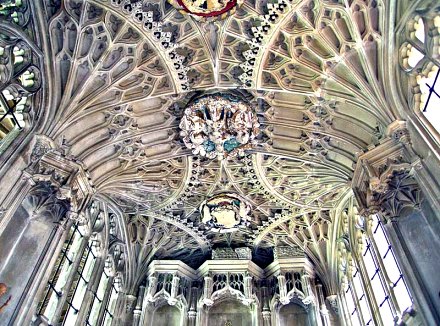 |
|
|
The dissolution
brought the end of the Priory in 1539, and the monastic buildings were
destroyed. Ten years later the church was granted to the town as its
parish church in perpetuity. |
|
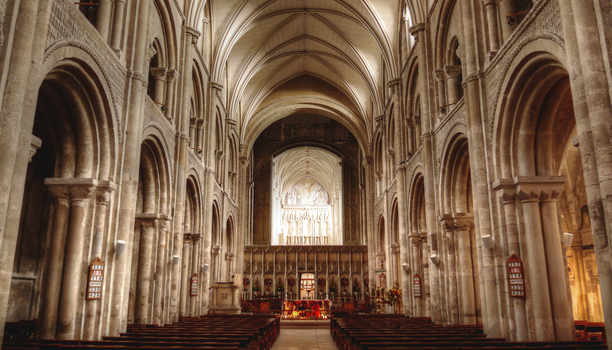 |
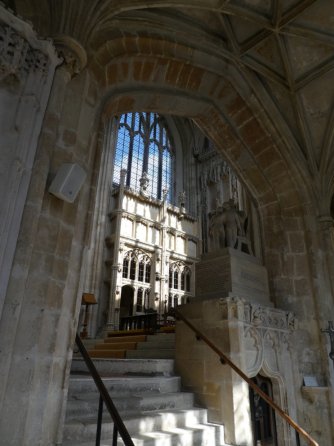 |
|
|
|
|
|
|
| And what is that engaging feature? Misericords! The oldest of these dates back to 1210. They are full of medieval humour. Here are just six of them: there are many more. |
|
|
|
|
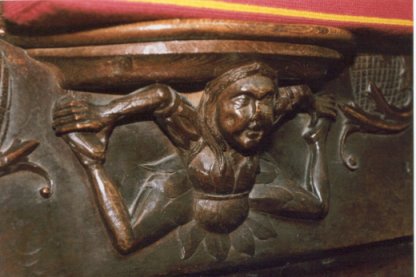 |
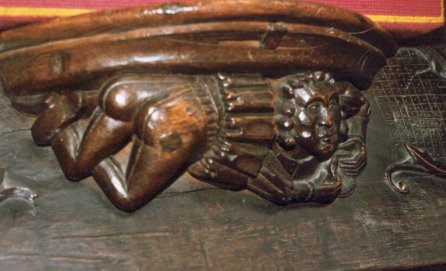 |
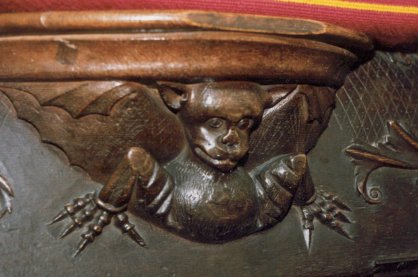 |
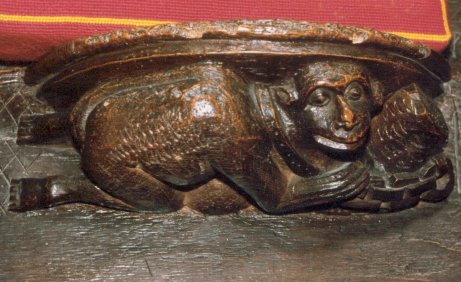 |
